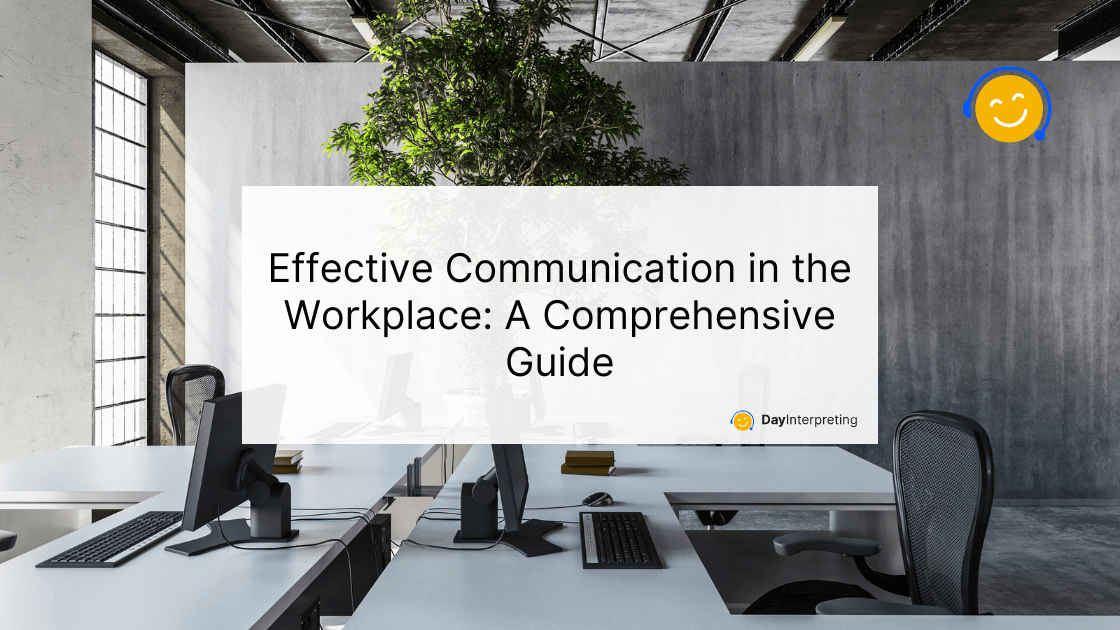Welcome to the world of workplace communication! Effective communication is the backbone of any successful organization. Good communication can make all the difference, whether you’re working on a team project, chatting with your boss, or emailing a client. In this guide, we’ll explore the key elements of effective communication in the workplace and provide you with tips to become a communication superstar!
Why Is Communication Important?
Communication is how we share information, ideas, and feelings with others. In the workplace, it’s crucial for:
- Building relationships: Good communication helps build trust and rapport with colleagues.
- Improving teamwork: Clear communication ensures everyone is on the same page.
- Increasing efficiency: When information is shared correctly, tasks are completed faster and with fewer errors.
- Reducing conflicts: Open communication can help resolve misunderstandings and prevent conflicts.
The Basics of Effective Communication in the Workplace
Listening
Listening is just as important as speaking. When you listen well, you understand others better and show that you value their input.
Tips for Better Listening:
- Pay attention: Focus on the speaker and avoid distractions.
- Show you’re listening: Nod, smile, and use small verbal cues like “I see” or “Uh-huh.”
- Ask questions: Clarify anything you don’t understand by asking questions.
Speaking Clearly
When it’s your turn to speak, make sure your message is clear and concise.
Tips for Clear Speaking:
- Be direct: Get to the point and avoid unnecessary details.
- Use simple language: Avoid jargon and complex words.
- Check for understanding: Ask if your listener understood your message.
Nonverbal Communication
Your body language, facial expressions, and tone of voice all play a big role in communication. These nonverbal cues can sometimes say more than words.
Tips for Positive Nonverbal Communication:
- Maintain eye contact: It shows confidence and interest.
- Smile: A friendly smile can make your message more welcoming.
- Watch your tone: Make sure your tone matches your message. For example, don’t sound angry if you’re giving praise.
Written Communication
Emails, reports, and messages are all part of written communication. Writing clearly and professionally is key.
Tips for Effective Written Communication:
- Be clear and concise: Just like speaking, get to the point quickly.
- Check your spelling and grammar: Mistakes can make you look unprofessional.
- Use a polite tone: Always be respectful and courteous.
Common Communication Challenges
Misunderstandings
Misunderstandings happen when messages aren’t clear. They can lead to mistakes and conflicts.
How to Avoid Misunderstandings:
- Clarify: If something isn’t clear, ask for more information.
- Summarize: Repeat back what you’ve heard to ensure you understood correctly.
- Use simple language: Make your message as straightforward as possible.
Different Communication Styles
Everyone communicates differently. Some people are more direct, while others are more reserved.
How to Adapt to Different Styles:
- Be flexible: Adjust your style to match the person you’re communicating with.
- Be patient: Give others time to express themselves.
- Respect differences: Appreciate that everyone has their own way of communicating.
Tips for Effective Communication in the Workplace in Different Situations
Team Meetings
Team meetings are a common workplace activity. Effective communication here ensures that everyone is informed and on the same page.
Tips for Team Meetings:
- Prepare: Have an agenda and stick to it.
- Encourage participation: Ask for input from everyone, even if it requires hiring an interpreter.
- Summarize key points: Make sure everyone leaves with a clear understanding of what was discussed.
One-on-One Conversations
One-on-one conversations can be with your boss, a colleague, or a direct report. These conversations are often more personal and can cover sensitive topics.
Tips for One-on-One Conversations:
- Be respectful: Show respect for the other person’s opinions and feelings.
- Stay focused: Keep the conversation on track and avoid distractions.
- Follow up: After the conversation, summarize any action items or decisions made.
Email Communication
Emails are a major part of workplace communication. Writing clear and professional emails is essential. Implementing DMARC rules to ensure your emails are secure and trusted is also important.
Tips for Email Communication:
- Use a clear subject line: Make it easy for the recipient to know what your email is about.
- Be concise: Get to the point quickly and avoid long paragraphs.
- Proofread: Check for spelling and grammar mistakes before hitting send.
The Role of Technology
Technology has transformed workplace communication. Tools like video conferencing, instant messaging, and collaboration platforms make it easier to connect with colleagues, even if you’re not in the same location.
Tips for Using Technology:
- Choose the right tool: Use the appropriate tool for your message. For example, instant messages for quick questions, and emails for detailed information.
- Be mindful of tone: Without face-to-face cues, written messages can be misunderstood. Be clear and polite.
- Stay professional: Whether it’s a video call or a chat message, maintain a professional tone.
- Verify email: Before sending, verify email addresses to reduce bounce rates and ensure your message reaches the right person.
Final Thoughts
Effective communication in the workplace is essential for a happy and productive company culture. By listening well, speaking clearly, using positive nonverbal cues, and adapting to different communication styles, you can build strong relationships and achieve your goals. Remember, good communication is a skill that can always be improved, so keep practicing and stay open to learning new ways to connect with your colleagues.





0 Comments